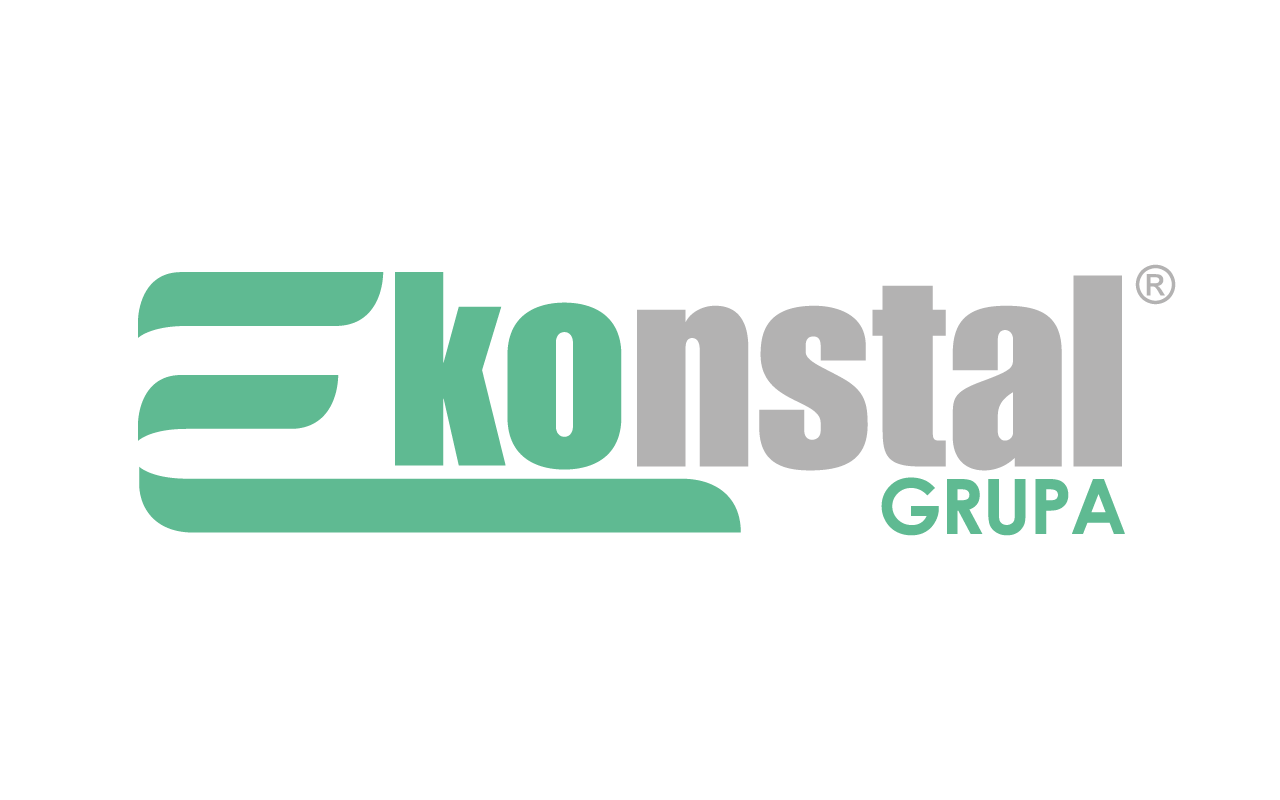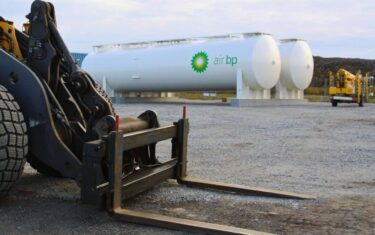

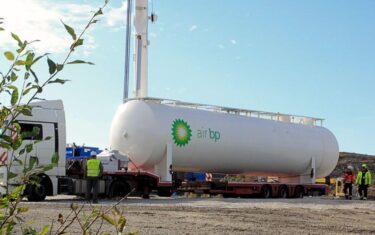
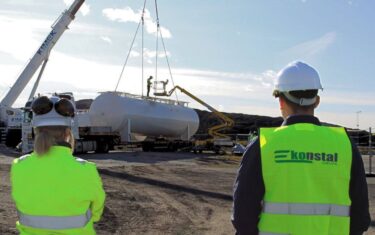

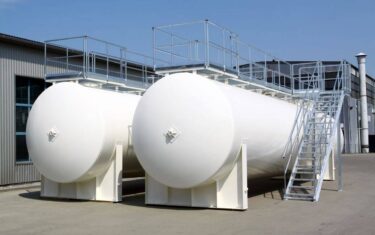
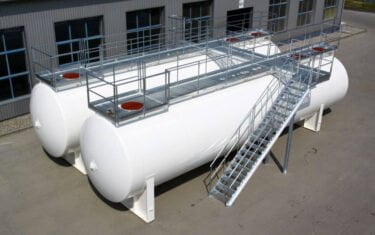
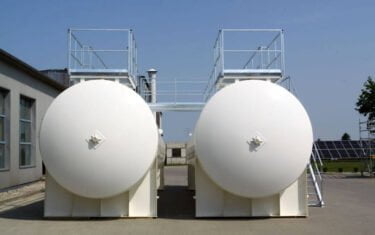

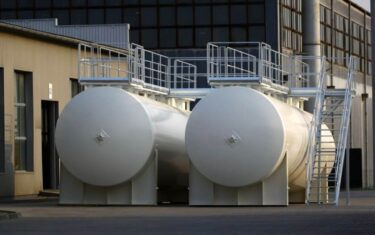
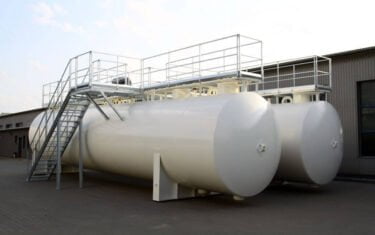
Interesting information about the project
JET-A1 aviation fuel – features and application
JET-A1 is a type of aviation fuel that is commonly used in the aviation industry, particularly in commercial and military aircraft. It is a petroleum fuel that meets very rigorous requirements, set by organizations such as the American Society for Testing and Materials (ASTM) and the International Air Transport Association (IATA), among others.
Its specifics require the provision of special handling and storage procedures. This is necessary to guarantee the efficiency of aviation turbine engines and the full safety of people using jets, turboprops or helicopters powered by this type of fuel. Its characteristics are:
- an ignition temperature ( that is, the temperature at which it emits vapors that can ignite in the presence of an open flame or spark) that is usually above 38°C,
- high energy content per unit volume,
- a relatively low freezing point (usually around -47°C), making it remain liquid even at cruising altitude.
JET-A1 plays a key role in the aviation industry worldwide. It is a reliable and efficient energy source for aircraft engines. However, in order for it to remain such, it must be stored according to certain standards. In this area, we are able to provide full support, providing reliable steel tanks for aviation fuel that have been tested under the most extreme conditions.
Safe storage of JET A-1 fuel
We are particularly proud of such projects, as they allow us to fully prove our structural and technological competence. The order included the design, manufacture and delivery to an airport located in the north of Norway of two JET A-1 aviation fuel tanks. These are single-chamber, double-walled, horizontal-axis aboveground tanks that meet the design and material requirements for the storage of this type of fuel.
Here are the most important technical parameters of aviation fuel tanks:
- each of them has a capacity of 80 m3, which means that together they can store 160,000 liters of JET A-1 fuel,
- the diameter of the tanks is 2900 mm, and their length reaches 14.5 m,
- the piping and flanges are made of stainless steel, which ensures high weather resistance and durability,
- have been made of steel adapted to work in extreme temperatures from -40 to +50°C, which guarantees their reliability in all climatic conditions,
- each of them is equipped with drip pans, which reduces the risk of negative impact on the environment in case of uncontrolled leakage,
- a special design solution has been applied (which is standard for this type of tanks) consisting in sloping 2% of the tank towards the drip pans,
- inside each tank there is a DN 100 floating arm, which controls the fuel level and ensures accurate measurement.
After delivery to the airport, the tanks were placed in close proximity, parallel to each other. This allowed for the installation of a specially designed platform that facilitates access to the flanges and allows for convenient maintenance and operation. The platform is accessed by two pairs of stairs, mounted on one of the longer sides of each tank.
Safety and compliance with norms
The manner and conditions of storage of JET A-1 jet fuel determines not only whether it retains its physical and chemical properties, but also whether there is no risk of environmental contamination or a threat to the health or life of those who come into contact with this type of substance. Appropriate anti-corrosion protection is therefore required. The aviation fuel storage tanks we made have been protected internally with Hempel Hempoline Defend 400-Cure 72, and externally with a coating of the highest C5 standard. This increases the durability of the structure and guarantees reliable operation of the tanks for many years.
Additionally, the tanks meet the guidelines of the Nordic Bund standard, used in Nordic countries, including Norway, Sweden, Denmark, Finland and Iceland. According to it, in tanks designed for storing liquid fuels (including fuel such as JET A-1), an integral part of the structure should be an additional compartment called “bund.” It should be designed to hold a certain percentage of the total volume of the main compartment, which is usually 10%. This means that if there is a leak or overfill of the main compartment, the bund will be able to contain at least 10% of the spill. The Nordic Bund standard also requires that this additional compartment be constructed of suitable materials, be adequately protected with an anti-corrosion coating, and have an appropriate design that is able to cope with the specific properties of the stored fuel. Therefore, it plays a safety role – preventing environmental contamination and minimizing risks in the storage and handling of liquid fuels.
We are proud that our solutions contribute to a safe and environmentally friendly aviation infrastructure in Norway.

